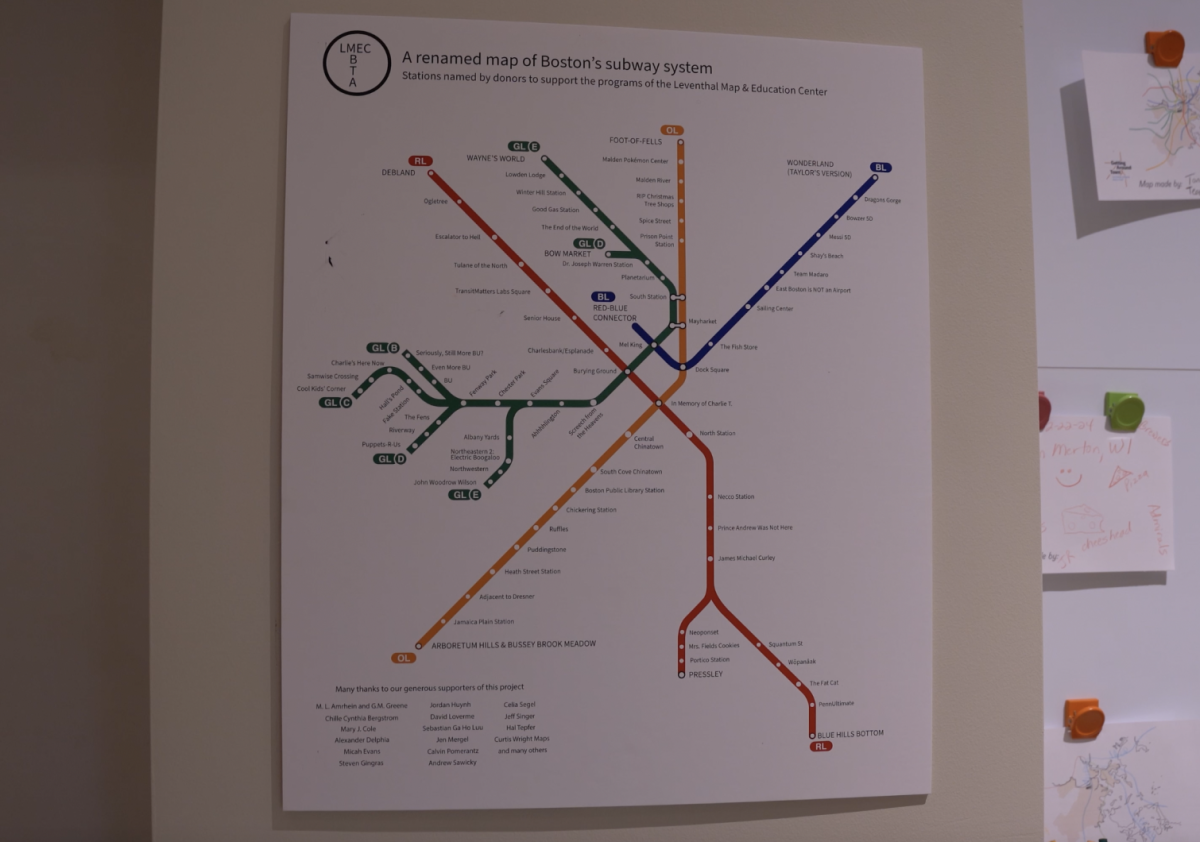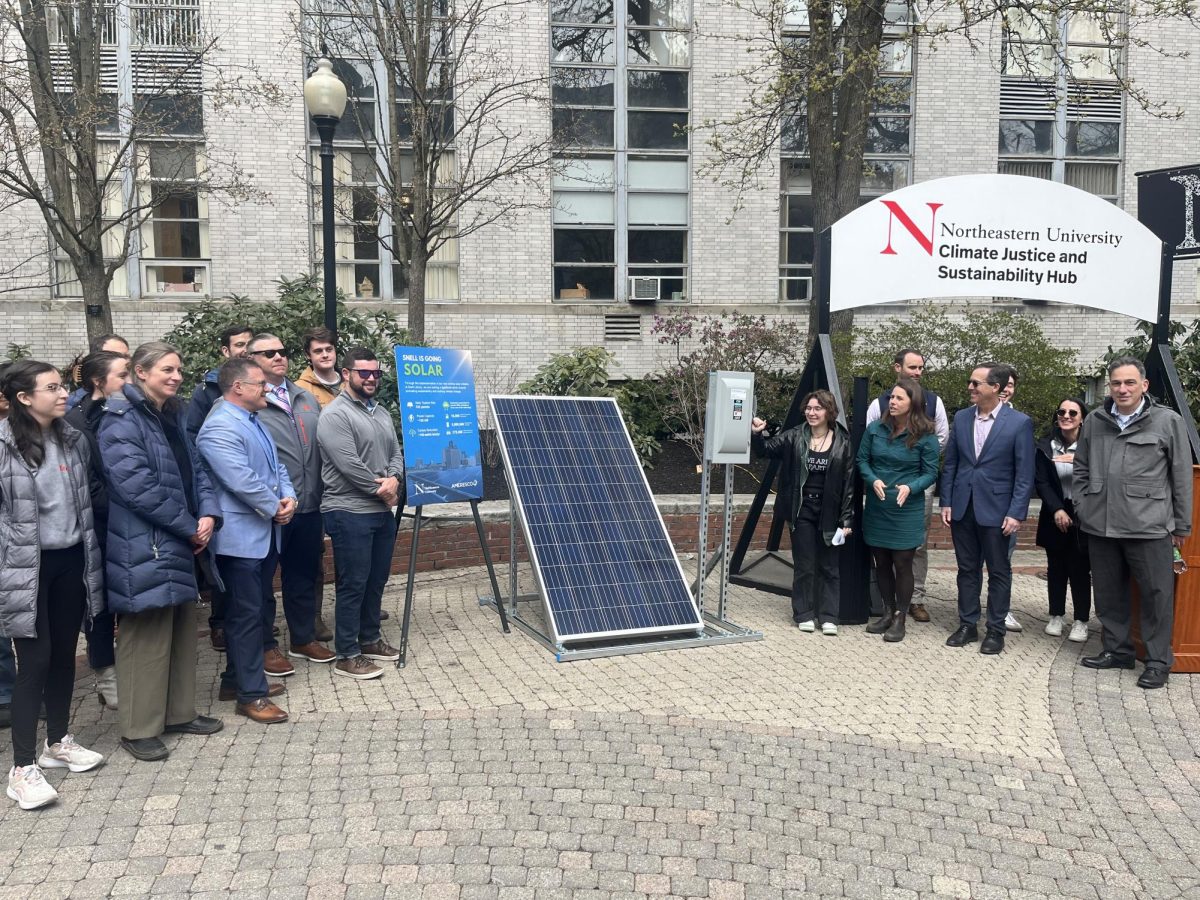By Madelyn Stone, News Staff
A report released by the New America Foundation earlier this month paints a dismal picture of the state of financial aid for lower-income students at universities across the country.
Author Stephen Burd, senior policy analyst with New America’s Education Policy Program, examined the practices of hundreds of institutions in awarding financial aid to low-income students. He concluded the numbers point to a trend of college aid policies undermining the federal need-based Pell grant system by failing to give students from lower-income families adequate aid.
“For years, colleges complemented the government’s efforts by using their financial aid resources to open the doors to the neediest students,” Burd wrote in his summary of the report. “But those days appear to be in the past. With their relentless pursuit of prestige and revenue, the nation’s public and private four-year colleges and universities are now in danger of shutting down what has long been a pathway to the middle class for low-income and working-class students.”
The Pell grant program gives students whose family incomes generally fall below $30,000 the opportunity to receive up to $5,500 in government aid which does not have to be repaid. Congress established the program nearly 50 years ago as part of a push to create additional higher education opportunities for lower and middle income families, according to the Pell Institute.
Burd says this is a focus many colleges have neglected. As colleges prioritize institutional revenue and prestige, tuition rates have continued to balloon beyond Pell’s capacity. Universities reaching to attract the proverbial “best and brightest” give tuition discounts in the form of merit-based aid to wealthier students “because [the colleges] believe it is necessary for their survival,” according to the report.
The consequences of this, Burd said, are stark.
“We’ve been talking a lot recently about income equality in this country and college has always provided a ladder up the income scale for low-income and working class students,” he said in an interview. “It’s sort of been the best chance for social mobility. And so to see the doors close on low-income students could have profound effects on income equality in this country. I just think we’re going to have a much more stratified higher education system where low-income students are going primarily to community colleges or for-profit schools and not going to the schools that give them the best chance of success.”
Net price data from the US Department of Education, showing the amount students pay after exhausting their grant aid, formed the basis for the analysis. The department’s most recently updated numbers come from 2011, and show Northeastern’s net price for low-income students ringing in at $20,912. Boston University, Emerson College and Stonehill College show similar figures, at $23,932, $23,363 and $20,612 respectively. Boston College and Tufts University charge average net prices of $13,128 and $11,081.
Between 2009 and 2011, net costs for low-income students at Northeastern and other schools have risen while net costs for those in the upper income brackets have gone down. To Burd, this is evidence of the competitive pressures Northeastern faces in a city crowded with colleges.
“Obviously, Boston is very competitive. There’s lots and lots of colleges – it’s harder to stand out,” he said. “And to try to get top students, Northeastern does appear to be giving a substantial share of merit aid … I don’t know that they put the biggest priority on serving low-income students. I think that there’s some intense competition and everyone is trying to move up the hierarchy, and a primary way of trying to do that is through awarding more and more merit aid, trying to buy the best students.”
Northeastern Vice President of Enrollment Management Jane Brown undermined this notion, pointing to the age of the data.
“If we look over the last couple of years at Northeastern for low-income students, in fact the net price has gone down,” she said. “We continue to work away at that. That’s a real goal of ours at the university: to keep that net price down.”
She said Northeastern’s Board of Trustees has committed to apportioning approximately $204 million for financial aid for next year, which includes need- and merit-based assistance. The figure is a 9 percent increase from last year. The cost of tuition increased by 3.9 percent, the lowest rate in more than 30 years.
In terms of apportioning the financial aid among students of various incomes, Brown said Northeastern maintains a focus on meeting the needs of those with the lower incomes.
“We’re always looking to draw the best and brightest students but the proportion of need-based to merit aid stays the same,” she said. “Northeastern has a tremendous commitment to need-based aid. Always has, always will. The Board of Trustees just recently approving the financial aid budget for next year is very clear about our desire to have a socio-economically diverse student body.”
Crucially, she said, Northeastern does not subscribe to the so-called “gapping” or “admit-deny” policies Burd condemns in the report, “in which schools deliberately underfund financially needy students in order to discourage them from enrolling.”
“I find that very disturbing,” Brown said. “Because often those students can find the funds they need to attend maybe their first or second year but they’re not able to continue through to graduation. I think Northeastern’s approach is to be somewhat need-aware in our selection of the class…. We want to make sure that for every student that we do admit, we’re going to be able to provide enough funding for them not only to be able to come but to be able to successfully graduate. Because it’s in nobody’s – neither the university’s nor the student’s – best interest to be able to start out but not be able to finish.”
With initiatives such as the Torch Scholars Program, Brown said Northeastern makes an effort to reach students from low-income backgrounds and simultaneously boost graduation and retention rates.
“Students need academic support, they need counseling and advising support,” she explained. “The university has invested funds in those kinds of support services so that we can make sure when we do bring students who have financial need to the university that they can be successful and that they can graduate. It’s a much broader perspective than just thinking about financial aid alone.”











